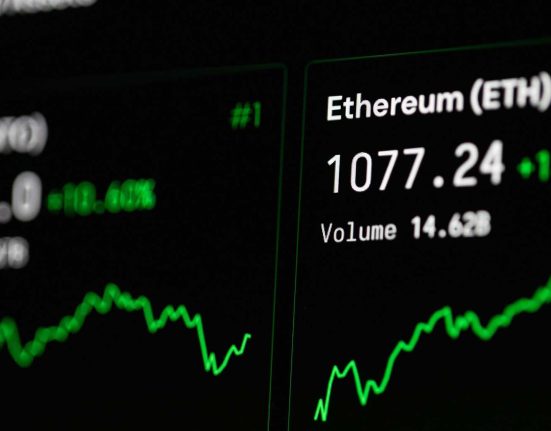The Amazon Rainforest, often referred to as the “lungs of the Earth,” plays an irreplaceable role in regulating our global climate and sustaining biodiversity. However, its rapid deforestation due to agricultural expansion, illegal logging, and land-grabbing has raised alarm bells across the world. The consequences of this destruction are not limited to local ecosystems but affect the entire planet. As one of the largest carbon sinks in the world, the Amazon’s health is critical in the fight against climate change. Protecting this vast and vital ecosystem is no longer a matter of choice but a global imperative that demands immediate and collective action.
Understanding the Importance of the Amazon Rainforest
The Amazon Rainforest spans over 5.5 million square kilometers across nine countries in South America, with the majority located in Brazil. This rich and diverse ecosystem is home to an astounding array of flora and fauna, many of which have yet to be discovered. Beyond its biodiversity, the Amazon plays a crucial role in regulating the Earth’s climate. Through photosynthesis, trees absorb carbon dioxide and release oxygen, significantly mitigating the effects of global warming.
In addition, the rainforest is a critical water source. It regulates the water cycle in the region, maintaining the flow of rivers that sustain not only the local communities but also agricultural industries. It also contributes to rainfall patterns across the globe, influencing weather systems as far away as North America and Europe. Without the Amazon, these systems would face disruption, potentially leading to more extreme weather events.
Causes of Deforestation in the Amazon Rainforest
The root causes of deforestation in the Amazon Rainforest are multi-faceted, driven by both legal and illegal activities. One of the major contributors is the expansion of agriculture, particularly cattle ranching and soybean farming. Brazil, one of the world’s largest producers of beef and soy, has seen vast areas of rainforest cleared to make way for pastures and crops. This agricultural demand, fueled by global markets, is one of the key drivers of deforestation.
Another significant factor is illegal logging, where trees are cut down without proper authorization. This not only accelerates the loss of trees but also threatens indigenous communities that rely on the forest for their livelihoods. Land-grabbing, where large corporations or wealthy individuals illegally occupy public lands, further exacerbates the problem.
Additionally, the construction of infrastructure such as roads and dams accelerates deforestation by opening up previously inaccessible areas for exploitation. The result is a relentless push towards turning the rainforest into agricultural and industrial zones.
Environmental and Global Impacts of Amazon Deforestation
The environmental impacts of deforestation in the Amazon are far-reaching and irreversible. As trees are felled, the forest’s ability to absorb carbon dioxide decreases, resulting in higher concentrations of greenhouse gases in the atmosphere. This accelerates global warming and climate change, contributing to the melting of polar ice caps and rising sea levels. In fact, recent studies suggest that the Amazon has already transitioned from a carbon sink to a carbon source, meaning it is now contributing to global carbon emissions.
Biodiversity loss is another severe consequence. The Amazon is home to around 10% of the world’s known species, many of which are endemic and cannot be found anywhere else. As the rainforest is destroyed, entire species of plants and animals face extinction. This disrupts not only the local food chain but also diminishes the potential for scientific research and the discovery of new medicines that could come from these species.
The loss of the Amazon also has socio-economic consequences. Indigenous communities, who have lived in harmony with the rainforest for thousands of years, face displacement as their land is destroyed. These communities often lose their homes, their culture, and their way of life as their environment is altered beyond recognition.
Efforts to Protect the Amazon Rainforest
In response to the mounting crisis, several efforts have been initiated at the local, national, and international levels to combat deforestation and protect the Amazon. Governments, NGOs, and indigenous groups are working together to implement sustainable land-use practices that balance economic development with environmental preservation.
One such initiative is the creation of protected areas and indigenous reserves. These regions are legally designated to preserve the rainforest’s biodiversity and prevent illegal logging and land-grabbing. However, enforcement remains a challenge, as illegal activities often occur in remote areas beyond the reach of authorities.
Another approach is the promotion of sustainable farming and eco-friendly businesses that can help reduce the pressure on the rainforest. Programs that encourage responsible agriculture, such as agroforestry and the use of certified sustainable products, are gaining traction in the Amazon basin. By providing farmers with incentives to adopt these practices, it is possible to create a win-win situation where both the environment and local communities benefit.
International cooperation is also vital in addressing the global dimensions of the crisis. Countries around the world must commit to reducing their carbon emissions and supporting the preservation of the Amazon through financial and technical assistance. The rainforest is a global resource, and its protection requires a global response.
Conclusion: The Time to Act is Now
The deforestation of the Amazon Rainforest is one of the most urgent environmental crises of our time. Its destruction threatens not only the biodiversity of the region but the well-being of the entire planet. From its role in regulating the climate to its contribution to global water cycles, the Amazon is critical to maintaining the balance of our Earth’s ecosystems.
To ensure that the Amazon can continue to provide these vital services, immediate action is needed. Governments must enforce stricter laws against illegal logging and land-grabbing, while encouraging sustainable economic practices. At the same time, global cooperation is essential to ensure that the efforts to protect the Amazon are adequately funded and supported.
The urgency of protecting the “lungs of the Earth” cannot be overstated. The time to act is now, before it is too late.









